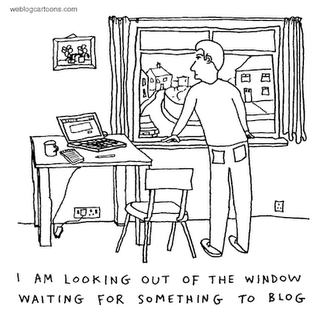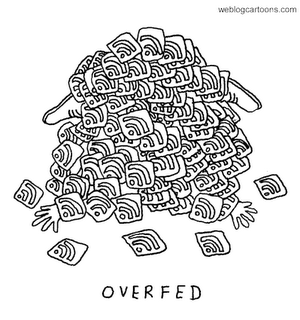Reposed from my old blog:
OK, maybe not a full wrap up as the weekend flew by in a blinding flash. Instead, highlights:
* Meeting Jessica from Feministing with the always "WTF" question: "Can I take a picture of you with my Pooh Bear?" She asked if I would send her the photo and I said, "It'll be on Flickr." Yes, I'm a smart ass.
* As I walked away, Amanda from Pandagon said to Jessica, "See her bag!?" Jessica said, "Oh, the woman who made that is one of the Hot 100." And I got to retort, "Yup, she's my best friend." Yes, I gloat as well.
* Meeting Ani and again, asking the "WTF" question. I guess because I'm not as big of a fan of Ani as I am of Dar, I neglected to ask her for a beer. 20 minutes later, I learned that she would had said no for a whole different reason that 'who the fuck are you?' Waking up at 3:30 am to take cab to Midway = $50, Flight to Albany = $200, hearing Ani DiFranco announce her pregnancy at NOW's 40th anniversary = PRICELESS.
* I got to listen to Dr. Susan Wood...again. And each time I get chills down my spine with her courage and fierceness. If she is coming anywhere near you, you HAVE to get your ass over to see her. She has stared our enemy in the eye and made them blink.
* I've never been a fan of Tyne Daly, other than she played a kick ass woman on TV, but she totally won me over this weekend with her wit. She also made me cry a bit while she talked about being at her daughter's home birth and thanking NOW for making it possible. Not only for nurturing her feminist ways, but for making our country a place where home births are possible.
* I use to watch "One Life to Live" every day as a kid in the summer. After school, we'd run home and ask our mom what happened. As we got older, the VCR took over that job. So it was pretty neat to meet Bree Williamson. And she's the first person to really HOLD Poohbear for a photo and not treat him as just a prop. Kudos to her!
* I got to see many dear friends who I really only see at NOW conferences. It's weird saying that as this was only my 3rd conference. It's funny how quickly you bond over this shit and beer. Yes, beer makes it much easier to bond. And it's awesome how you can stroll up to someone, start chatting, and then realize, "Shit! This woman works at ABC Organization. She not only works there, but she's the National (fill in the blank) Director!"
* I missed [the kid] almost as much as she missed me. There weren't as many kids as last year (it wasn't an election year), but enough and ones [the kid's] age that made me think I should had brought her. And she does want to go. I've set an age of 8 for her to come without having to be in the child care room. We'll see if that happens.
* I heard many long-time NOW conference goers say that this year's conference was the most diverse and gave all the props to the young feminists. So let's keep it up, ok?
SOOOOO....2007's conference is in Detroit, Michigan chicas. Who's up for a road trip?
 According to this study:
According to this study:











